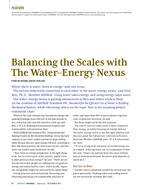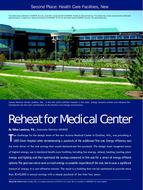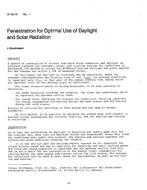Flattened tubes are an interesting alternative to round tubes as they greatly reduce the refrigerant charge in direct-expansion evaporators and provide for a more compact heat exchanger design. Flattened tubes in the present case refer to plain round tubes that have been rolled (or extruded) flat on top and bottom and remain round at the two ends. As no method nor test data are currently available for predicting heat transfer during evaporation inside such flattened tubes, the two-phase flow pattern map and heat transfer model of Kattan et al. (1998a, 1998b) for horizontal round tubes have been applied to flattened tubes as an assessment of their potential relative to round tubes. Three different characteristic dimensions have been studied as replacements to the round tube diameter in these methods: channel height, hydraulic diameter, and equivalent diameter. Based on simulations with R-134a and a comparison to some recent condensation data in a flattened tube, it appears that the equivalent diameter is the most realistic. Assuming this is the case, then using the equivalent diameter, the flow boiling heat transfer coefficients in a flattened tube, compared at the same mass velocity, are predicted to be up to 25% higher than those for the corresponding round tube from which it was made at vapor qualities before the onset of dryout but lower when above. Compared at the same mass flow rate, heat transfer coefficients in a flattened tube are about 100% to 150% higher than those for the corresponding round tube at nearly all vapor qualities, but it is also predicted to have a much larger two-phase pressure drop.
Units: Dual
Citation: Symposium, ASHRAE Transactions, vol. 108, pt. 2
Product Details
- Published:
- 2002
- Number of Pages:
- 10
- File Size:
- 1 file , 1.5 MB
- Product Code(s):
- D-8895


